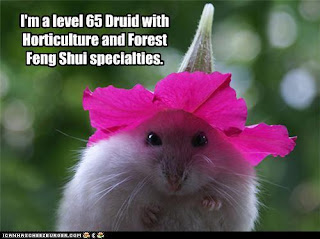This is a prayer I received in my Inbox this morning. I loved its message of hope and understanding, so I thougut I'd share it with you. Like many other folks, I often feel like I've failed at something; at least now I have a different perspective to soothe a troubled mind: I have learned, rather than failed. This concept appeals to me immensely :)
Lord, are you trying to tell me something?
For...
Failure does not mean I'm a failure;
It does mean I have not yet succeeded.
Failure does not mean I have accomplished nothing;
It does mean I have learned something.
Failure does not mean I have been a fool;
It does mean I had enough faith to experiment.
Failure does not mean I have disgraced;
It does mean I have dared to try.
Failure does not mean I don't have it;
It does mean I have something to do in a different way.
Failure does not mean I am inferior;
It does mean I am not perfect.
Failure does not mean I have wasted my life;
It does mean that I have an excuse to start over.
Failure does not mean that I should give up;
It does mean that I should try harder.
Failure does not mean that I will never make it;
It does mean that I need more practice.
Failure does not mean that you have abandoned me;
It does mean that you must have a better idea.
~ Penelope ~



















































